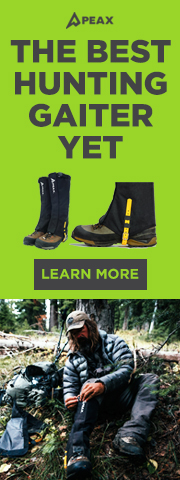rojo_grande
New member
- Jul 16, 2017
- 8
In the area I normally hunt, like much of Colorado this year, we had near record snow pack, cool and wet spring. There is food and water everywhere. The monsoons are kicking into high gear now so September should still be green, lush and wet.
In normal (dry) and especially dry (really dry) years, I look for pockets of food and water near north facing dark timber that is tucked off the beaten path a bit. With so much moisture this year, there are not just pockets but significant swaths across the mountains where elk can find what they need.
Will elk tend to disperse across a larger forage area in smaller herds or will they still be in larger groups in their typical areas? Will they be hanging out lower on mountain since they don't have to go as high to find food and water? What do you do differently, if anything, in a wet year vs. dry year?
I know the elk in my area seemed to linger at lower elevations this spring since the snow didn't retreat until much later.
In normal (dry) and especially dry (really dry) years, I look for pockets of food and water near north facing dark timber that is tucked off the beaten path a bit. With so much moisture this year, there are not just pockets but significant swaths across the mountains where elk can find what they need.
Will elk tend to disperse across a larger forage area in smaller herds or will they still be in larger groups in their typical areas? Will they be hanging out lower on mountain since they don't have to go as high to find food and water? What do you do differently, if anything, in a wet year vs. dry year?
I know the elk in my area seemed to linger at lower elevations this spring since the snow didn't retreat until much later.



